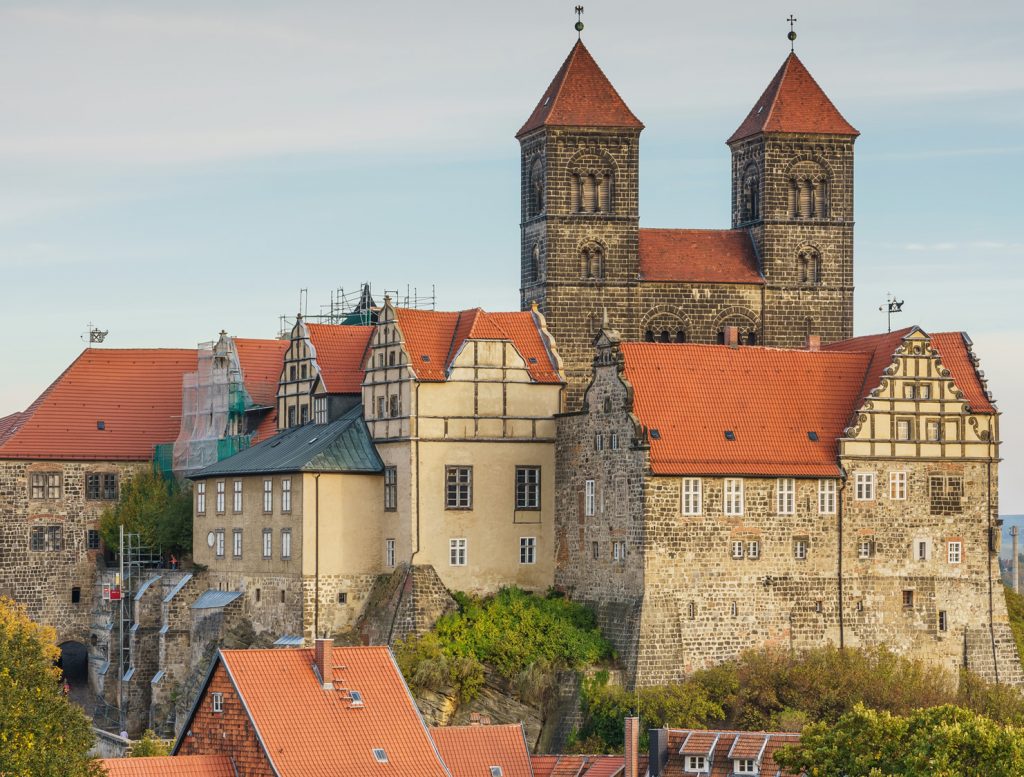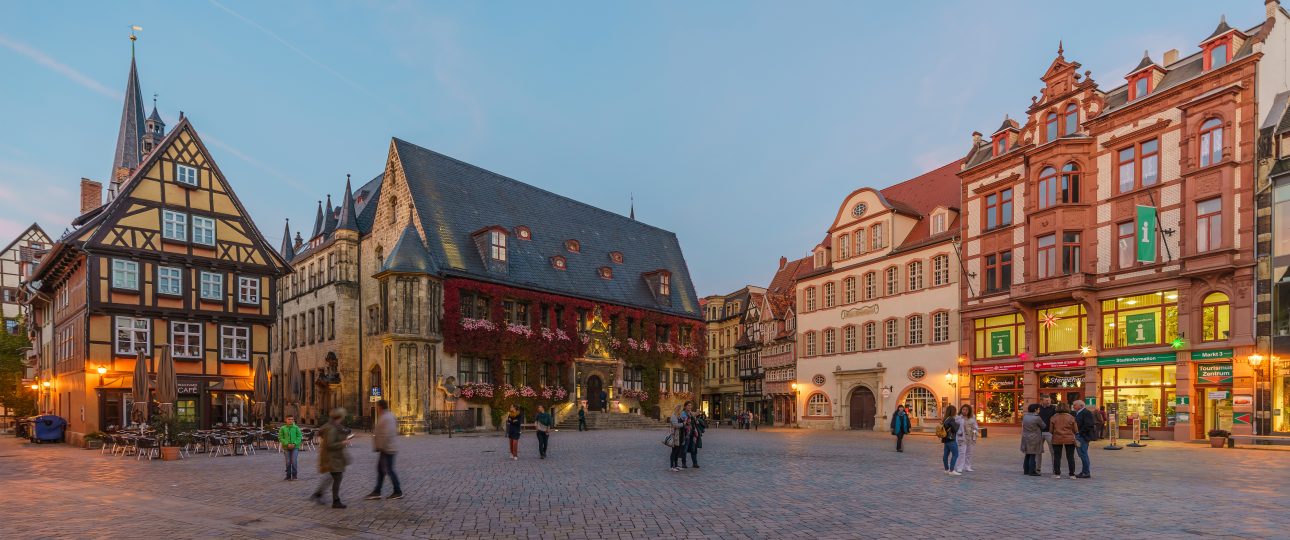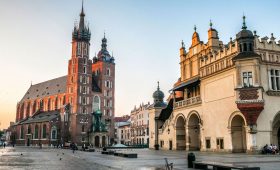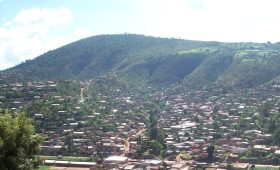Exploring Quedlinburg, Germany
Quedlinburg, located on the northern edge of the Harz Mountains National Park, is a town rich in history and architectural beauty. Once a central hub of the German Empire, it was recognized as a UNESCO World Heritage Site in 1992. This guide will walk you through the highlights of Quedlinburg, from its historical architecture to its natural surroundings and local cuisine.
Historical Architecture
Quedlinburg’s town center is a living museum of timber-framed buildings, with structures dating back to the 14th century. The town boasts over 1,300 half-timbered houses, each with its own unique charm and colorful facade. A walk through the narrow alleys reveals a tapestry of architectural styles spanning five centuries. For those interested in delving deeper into the history of these buildings, the Fachwerkmuseum Standebau, housed in one of Germany’s oldest half-timbered houses from 1310, is a must-visit.
The Castle and Collegiate Church of Quedlinburg, perched on the Schlossberg, offer a glimpse into the town’s medieval past. The restored Baroque Blue Hall is a highlight of the castle, while the church itself is a repository of medieval art and artifacts.
Nature and Outdoor Activities
Quedlinburg is an ideal starting point for exploring the Harz Mountains, a hiker’s paradise with dramatic gorges and mountainous landscapes. The Harz Narrow Gauge Railway offers a unique way to experience the region’s natural beauty. This steam railway connects Quedlinburg with other towns and offers three distinct routes: the Trans-Harz Railway Line, the romantic Selke Valley Railway Line, and the Brocken Railway Line, which climbs to the Brocken summit.
The Brocken, the highest peak in the Harz Mountains, is accessible via a scenic train ride. The journey offers breathtaking views, but be prepared for the windy conditions at the summit. For those who prefer cycling, the area offers well-maintained paths through forests and meadows.
Local Cuisine
Quedlinburg’s culinary offerings reflect its agricultural heritage. A traditional Harz meal often features the Harzer Roller, a strong cheese unique to the region. While its pungent flavor may not suit everyone, it’s a must-try for adventurous eaters. For dessert, the Quedlinburger Baumkuchen, a layered cake resembling tree rings, is a local specialty that shouldn’t be missed.
Getting There and Around
The nearest major airport to Quedlinburg is Hanover International Airport, approximately 57 kilometers away. Berlin’s new airport is another option, though it’s further at 216 kilometers. Regional trains from Hanover or Berlin provide access to Quedlinburg, with routes passing through Halberstadt and Magdeburg, respectively.
Once in Quedlinburg, the town is best explored on foot, thanks to its compact size and pedestrian-friendly streets. Local buses offer additional transportation options for those who prefer not to walk long distances.
Accomodation
Quedlinburg, a beautifully preserved medieval town in Germany, offers a wide range of accommodations, from historic guesthouses to boutique hotels. Many are located in half-timbered buildings in the old town. Hotel Zur Goldenen Sonne and Romantik Hotel am Brühl provide elegant stays with traditional decor and central locations. For a more budget-friendly option, Hotel Garni Alter Fritz and Hotel Am Dippeplatz offer cozy rooms and friendly service. Travelers looking for a unique experience can also stay in small B\&Bs or apartments within restored historic houses. As for dining, Heilemann’s FachwerQ is highly praised for its authentic German cuisine, while Brauhaus Lüdde serves hearty regional dishes and home-brewed beer in a traditional setting. For something more refined, Weinstube am Brühl offers seasonal dishes in a warm, rustic atmosphere.
Best Time to Visit
Quedlinburg is a year-round destination, but spring and summer offer the most pleasant weather and vibrant scenery. However, each season brings its own unique charm, so consider your preferences when planning your visit.





